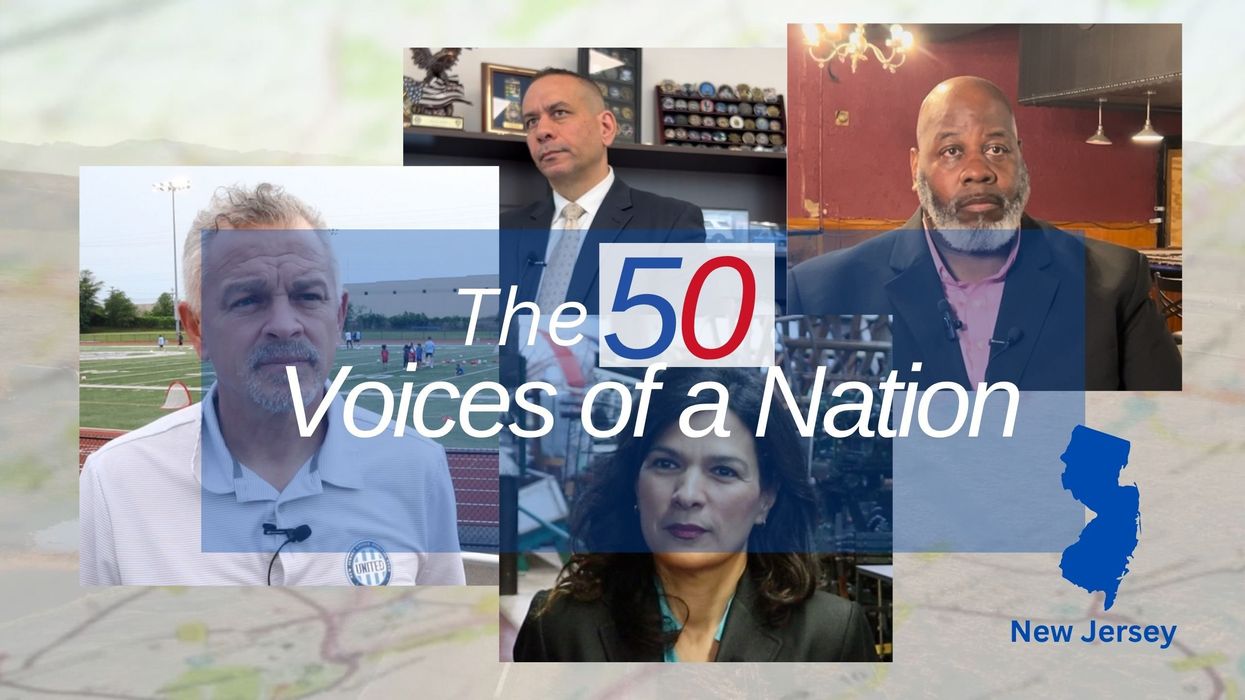White, a former Wisconsin commissioner of securities and a founding director of the ABA Center for Human Rights, is a member of the board of Lawyers Defending American Democracy.
Former President Donald Trump, the son of an immigrant mother and descendant of an immigrant grandfather, recently challenged the “Blackness” of Vice President Kamala Harris. He did so even though race is a superficial concept, based on characteristics such as skin color, facial features and other physical attributes. As a scientific concept, it has been thoroughly debunked.
During most of American history, the concept of “colored” varied from state to state under the law, with nonsense characterizations like the one drop rule, the one-eighth rule and a variety of other perverse permutations. These laws were used to deny people of color the rights and privileges provided primarily to white male Christians. In most instances the discrimination was against all “colored” people, not just limited to former slaves. Prior to 1960, this description also applied to South Asians with a darker hue.
The laws were used to deny people of color access to privileges like restrooms, restaurants, voting, marriage, jobs, health care and housing. The primary enforcement structure was white citizens, who each made their own decisions as to which privileges the colored could enjoy.
I suspect that it was no coincidence that Nikki Haley’s father received his professorship of biology at Voorhees College, an HBCU in Denmark, S.C., more readily than say, than, Clemson University.
Now in 2024, 60 years after passage of the Civil Rights Act, it is unfortunate that because of statements made by a candidate for the presidency that we need to remind Americans that the color of one’s skin is a terribly unreliable indicator of one’s so-called racial heritage. Millions of Americans are multiracial and find their “fit” within more than one ethnic group. Ethnicity is distinct from race and tends to reflect shared cultural experiences, traditions, language, dialect and national origin.
In the United Kingdom, people of color generally consider themselves of, for example, Jamaican, Trinidadian, Bahamian, Ghanaian or Nigerian descent. They also are often in touch with their specific ethnic communities. Asian Indians often identify not only with their country of origin but also with their varied ethnic, regional or religious heritage.
While people of color in the United States may be familiar with their family histories and ethnicities, until the 1960s Americans of color tended to live in segregated communities. It did not matter whether you were Caribbean, Nigerian, Fijian, Native American or South Asian — if the so-called white business and governmental community perceived you as colored, then you were most likely part of America’s colored communities, if necessary, by violent design.
The diversity of these segregated communities fostered an intellectual, musical and cultural drive that led to rich tapestries that significantly drive American culture today. American literature, poetry, cuisine, jazz, blues, reggae, salsa, and rock and roll could not exist without the exposure to and contributions of these influences.
American Black culture during segregation was accepting of just about everyone who was not deemed white. It provided a place of refuge for those whom the former president rejected as business professionals, colleagues and tenants. Segregation persisted, regardless of whether one was a physician, scientist, lawyer or Ph.D.
In the American Black community, Asians from India were generally welcomed, as a potpourri of people of color arose in the new land. It is within this context that the effort by the former president to create divisions between Black professional journalists and the vice president was so insidiously offensive.
Instead of discussing fundamental policy issues or, for that matter, answering the journalists’ questions, Trump chose to attack the journalists as well as the racial and cultural heritage of the vice president. Any educated African American will tell you that it is foolish indeed to argue with an Alpha Kappa Alpha, much less an AKA graduate from Howard University, about her Black bona fides. Harris made a very conscious decision while still in high school to attend an HBCU. I am confident that given her background, e.g. her mother’s affiliation with the University of California, Berkeley and her father’s position at Stanford, that this was not her only option — it was her deliberate choice. What the former president understood about her racial identity is wholly irrelevant.
We must not return to the eras when people of color were not permitted to participate in society, the economy or governance, to a time when academic, economic and societal advancement was based not on talent and capabilities but on race.
It is difficult to understand Trump's motives. Was this a woefully misguided effort to drive a political wedge between the people of color in America or has he simply dismissed the Black vote and is attacking the vice president to remind white Christian voters that Harris is Black, foreign and a woman? Whatever his motives are, this attempt to divide rather than heal the wounds of the past is dangerous, especially for someone who may lead America once again as president.
Trump would be better served to focus on policy differences between himself and Kamala Harris rather than relying on his misogynistic, racist and xenophobic rhetoric.
Hopefully Americans will demand this as well.



















 From left to right: Gabriel Cardona-Fox, Bud Branch, Joe Concienne
From left to right: Gabriel Cardona-Fox, Bud Branch, Joe Concienne 